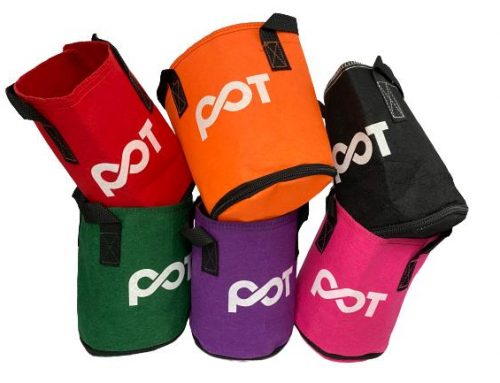The garden is a great example of nature. Breathing in the fresh air makes you feel fresh.
For the beauty of anything, it must be kept in order. If things aren’t in order, they create a mess. In this regard, it is very important to keep the plants in order for the beauty of any garden. In addition, the care of plants is also very important.
As plants are sensitive to the cold season, keep an eye on the weather, and take care of your plants according to weather conditions.
There are many reasons for shifting your garden plants to pots.
- Changing the location of your plants.
- Changing the scenery of your garden.
- Shifting to any other home
- Locating plants according to changing weather
- Another reason for shifting the plant is the water-absorbing capacity of the plant. If the plant is not absorbing enough water, it becomes necessary to change its location.
For the above reasons mentioned, transferring garden plants to pots is the best option. Move your garden plants without damaging and killing them. Your plants are precious assets, take care of them.
Are you looking for ways to transfer your garden plants to pots, also you don’t want to damage them? You are in the right place. We will tell you the effective ways to solve your problem.
Before changing the place of plants, be careful to follow things.
Watch Out for the Temperature
Try to transfer your plants in the morning or evening, when the temperature is low. Heat can damage the plants. Don’t relocate your plant in hot weather. The hot season can add stress to plants and soil. Dryness in the summer season has a devastating effect on plants and roots. The Spring season is suitable for shifting.
But if it is necessary to move a plant in hot and dry weather, protect it from the sun and move it as early as possible. Also, water the soil in pots in which you are going to transfer your plant.
Don’t Ignore the Soil Content of Pots
Make sure that your pot’s soil content is suitable for the plant you are transferring. It should not too large, not too small. Soil should be of better quality. The pot should be new and of standard quality. Use wider and deeper pots for your plants. Pots with drainage holes are a nice choice. Cover these holes with a porous material like coffee filters.
Hydrate the Plant Before Shifting
Before transferring, water the plant one night before so that the roots become hydrated and it is easy to move. Hydration makes your work easy and protects plants from transplant shock. Cut out extra stems with the help of a sharp knife or handy scissors before moving. It becomes easier to shift the plant as the extra load is cut off.
As you have learned about the requirements for relocating plants, Now you are ready to shift your plant.
Shifting of Garden plants to pots
- Make a suitable quantity of soil in the pot before placing the plant in a pot.
- Generally, a trowel is used to uproot the plant. Use it and dig the soil near the roots until roots are showing. Dig almost 6 inches deep, if the plant is large. When roots are revealed, dig deeper and separate the plant from the soil.
- Take care not to damage the roots. Remove the extra soil near the roots but don’t remove the soil from the root ball, as it is a sensitive part of the plant. Don’t keep your plant outside for a large time. It may cause damage to the roots, it also diminishes the effectiveness of your work.
- The next step is to insert them into a pot. Fill 1/3 of the pot with soil and place the plant. Tap lightly on top, then add enough soil to cover the roots. Use your hands to firm the plant in its place. Use gloves to protect your hands from extra dirt, as cleanliness and hygiene are necessary for you To keep your plant moist, add water, but to a minimum quantity only for moistening. Supplemental water can make your plant soggy feeling.
For several days protect your plants from sun rays and place them in the shade, away from sunlight. Use effective ways to protect them from any kind of stress. Water regularly your plants. Take care of your plant in cooler parts of the day, a suitable time for caring for plants. Fertilize your pot’s soil regularly for a month. Add nutrients to the soil, if necessary






Leave A Comment
You must be logged in to post a comment.